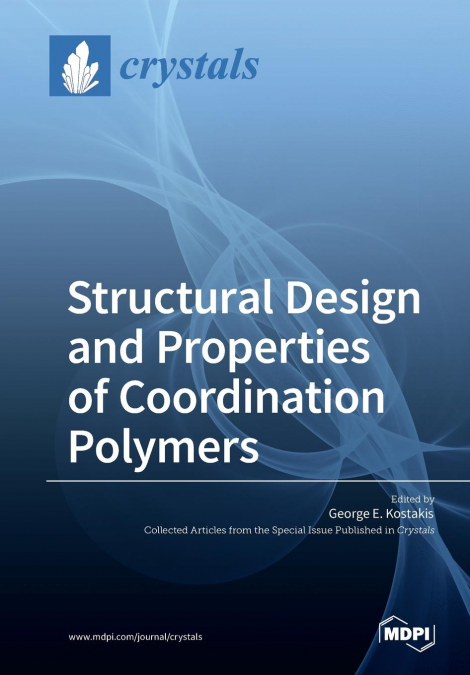
The assembly of organic ligands and metal centres yields coordination polymers, many of which find applications in conductivity, catalysis, magnetism, gas sorption, biological sensing and luminescence. The structure and topology of coordination polymers may be manipulated by changing the reaction conditions, leading to a large variety of structurally and topologically unique products. However, controlling and predicting the final outcome of the self-assembly procedure remains one of the major challenges in the field. The final products are often strongly influenced by factors such as the behaviour of a functional group in a molecule, the influence of the crystallization conditions and the various conformations of the components within the crystal.This Special Issue aims to cover a broad range of subjects in coordination polymer chemistry, which are important to the continued growth of the field, showcase current developments and realise its full potential in applications to address major societal challenges.Therefore, we invite you to contribute a research article to this Special Issue and provide a clear snapshot of your research in this field.